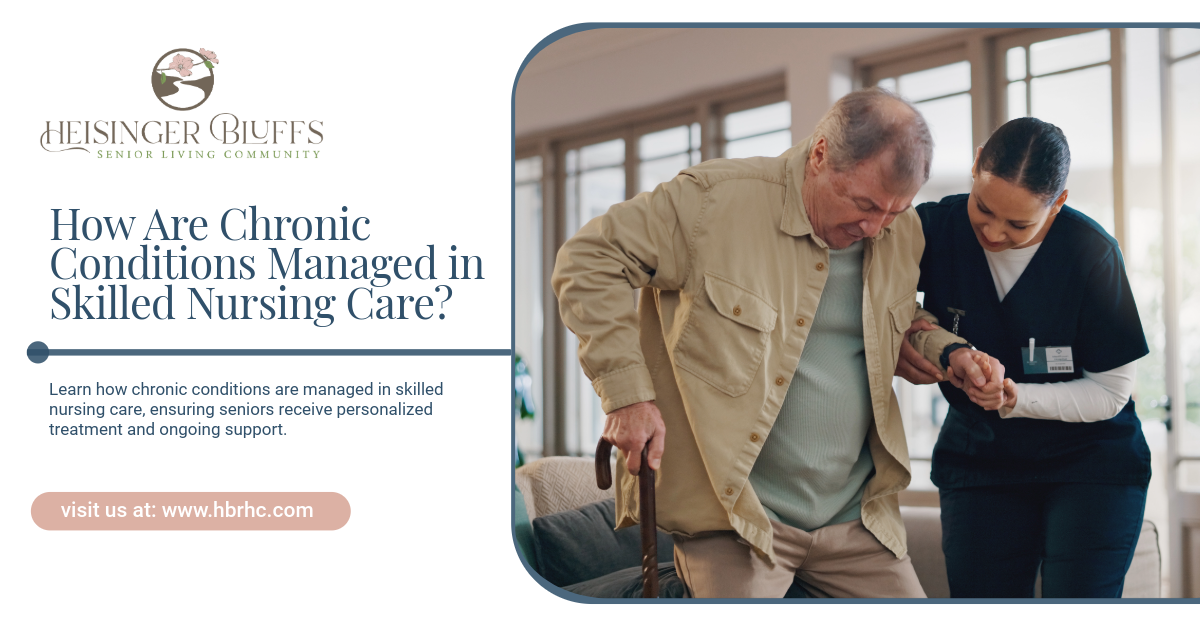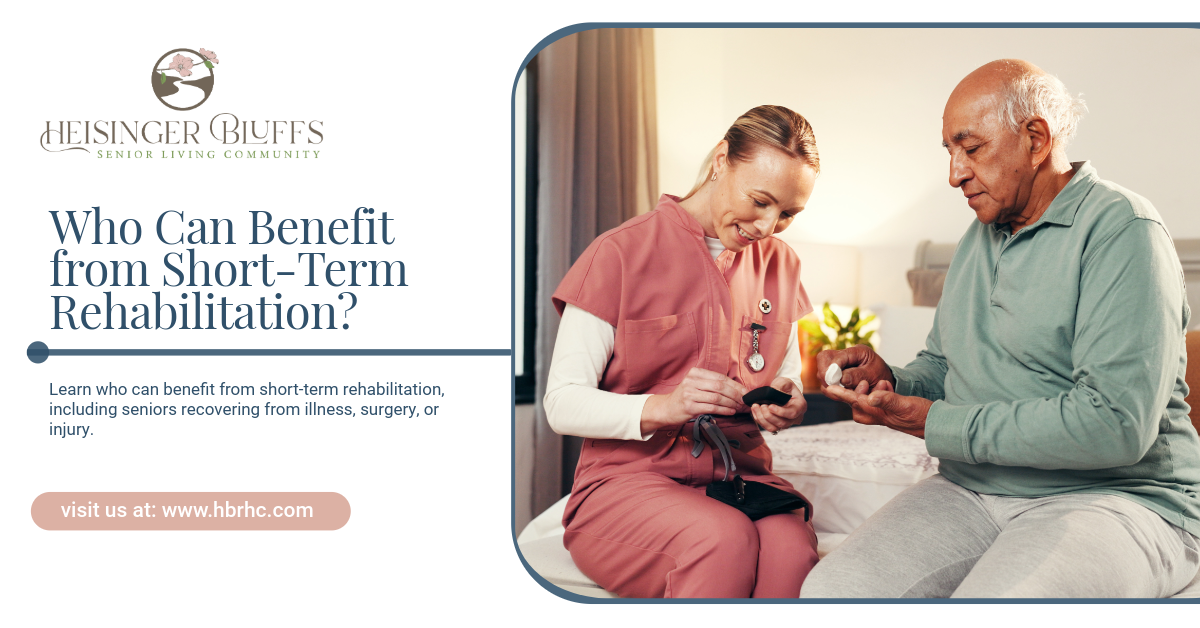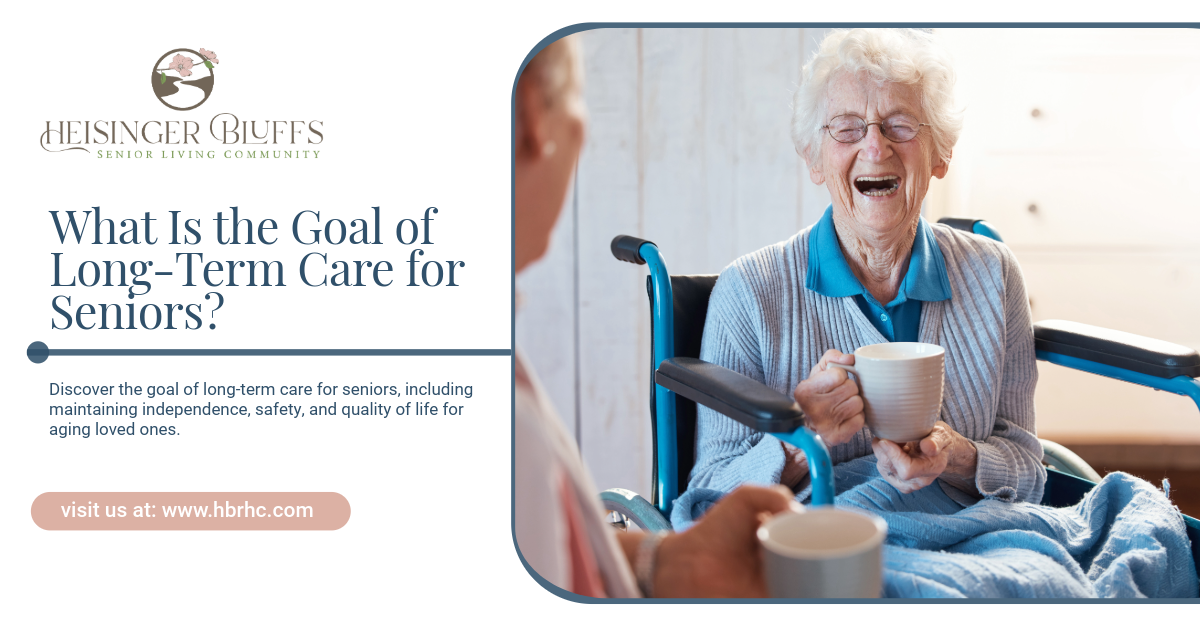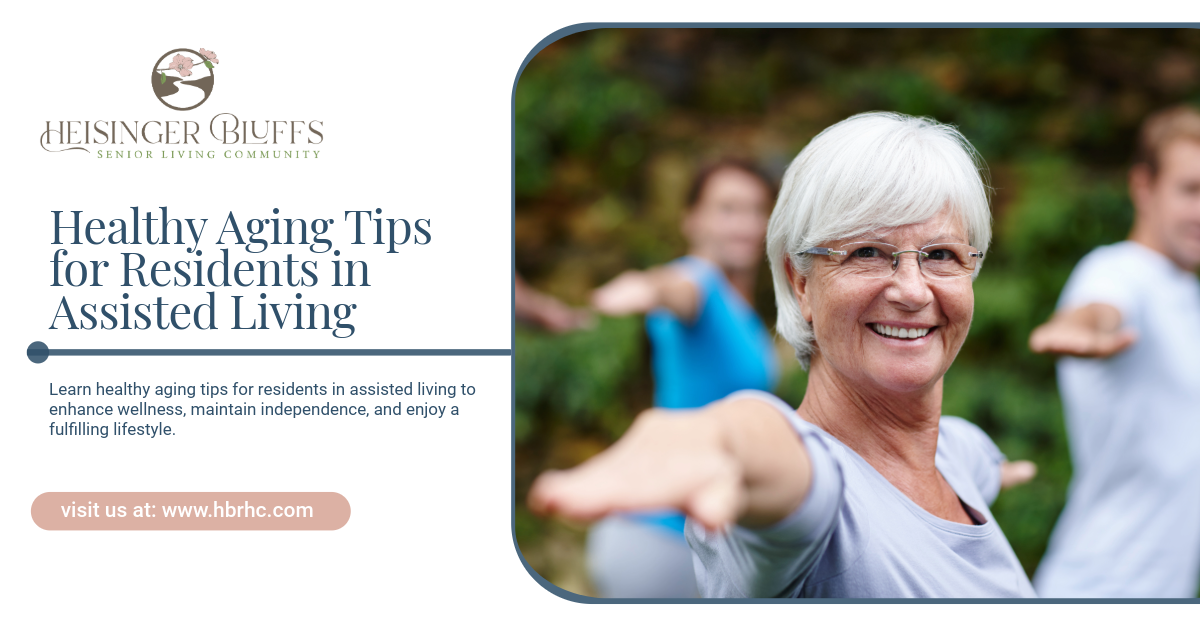How to Help a Loved One Adjust to Memory Care?
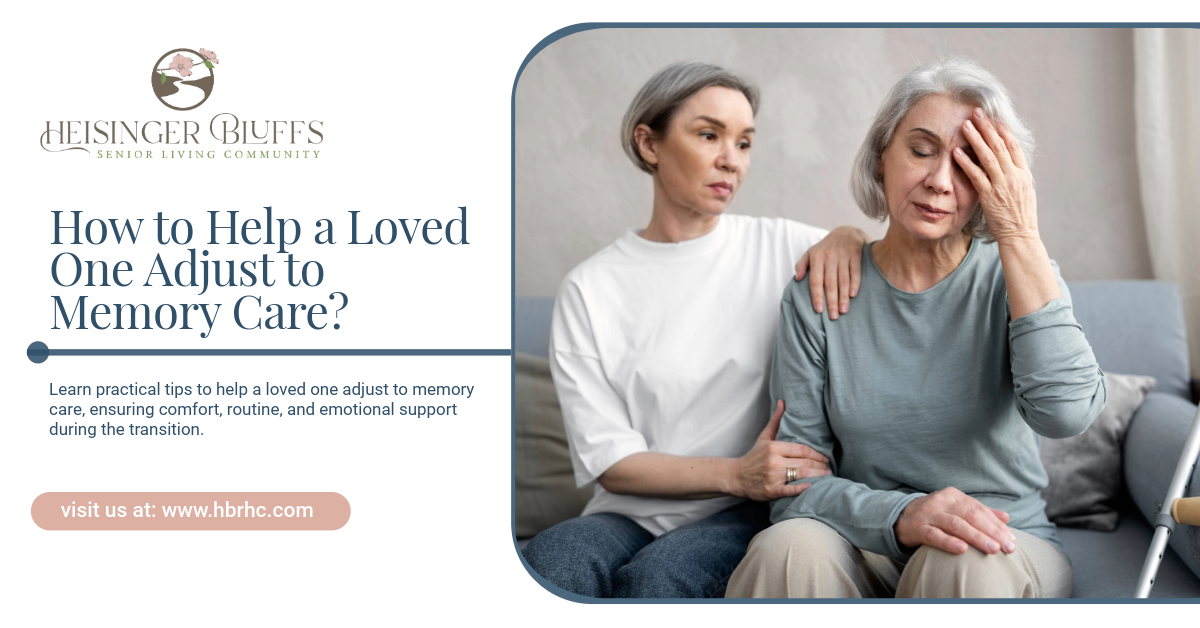
Transitioning to memory care can be challenging for both seniors and their families. Here’s how you can support your loved one:
- Communicate Openly: Explain the move positively, focusing on safety, support, and opportunities for social activities.
- Maintain Familiarity: Bring personal items, photos, or favorite blankets to help create a sense of home.
- Establish Routine: Encourage participation in daily activities to reduce confusion and build comfort.
- Offer Emotional Support: Be patient and listen to their concerns. Regular visits and phone calls help them feel connected.
- Collaborate with Staff: Work closely with memory care professionals to understand care plans, behavior management, and ways to engage your loved one.
Supporting your loved one during this transition takes patience, empathy, and proactive involvement. Memory care communities are designed to provide a safe, structured environment while promoting dignity and independence.
At Heisinger Bluffs, our memory care team guides families through every step to ensure a smooth adjustment.
Frequently Asked Questions
How long does it take to adjust to memory care?
Adjustment varies; most residents gradually feel comfortable within a few weeks to a couple of months.
Can family visits help with adjustment?
Yes, regular visits and familiar routines ease anxiety and foster connection.
How can I support daily engagement?
Encourage participation in structured activities and hobbies that match their interests and abilities.
Sources:
- https://www.alzheimers.gov/life-with-dementia/tips-caregivers
- https://www.aplaceformom.com/caregiver-resources/articles/how-to-talk-about-moving-to-memory-care






